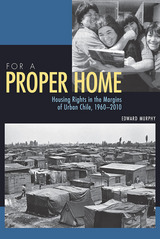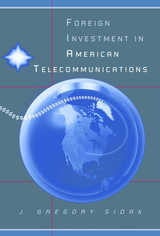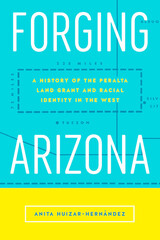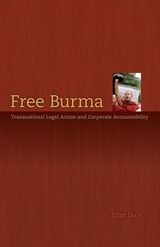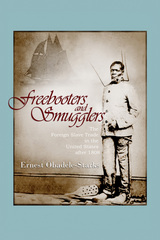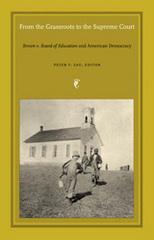Landscape Learning in the Pleistocene Great Basin
University of Utah Press, 2025
eISBN: 978-1-64769-209-4 | Paper: 978-1-64769-208-7
eISBN: 978-1-64769-209-4 | Paper: 978-1-64769-208-7
ABOUT THIS BOOK | REVIEWS
ABOUT THIS BOOK
A new model for uncovering prehistoric decision making processes

